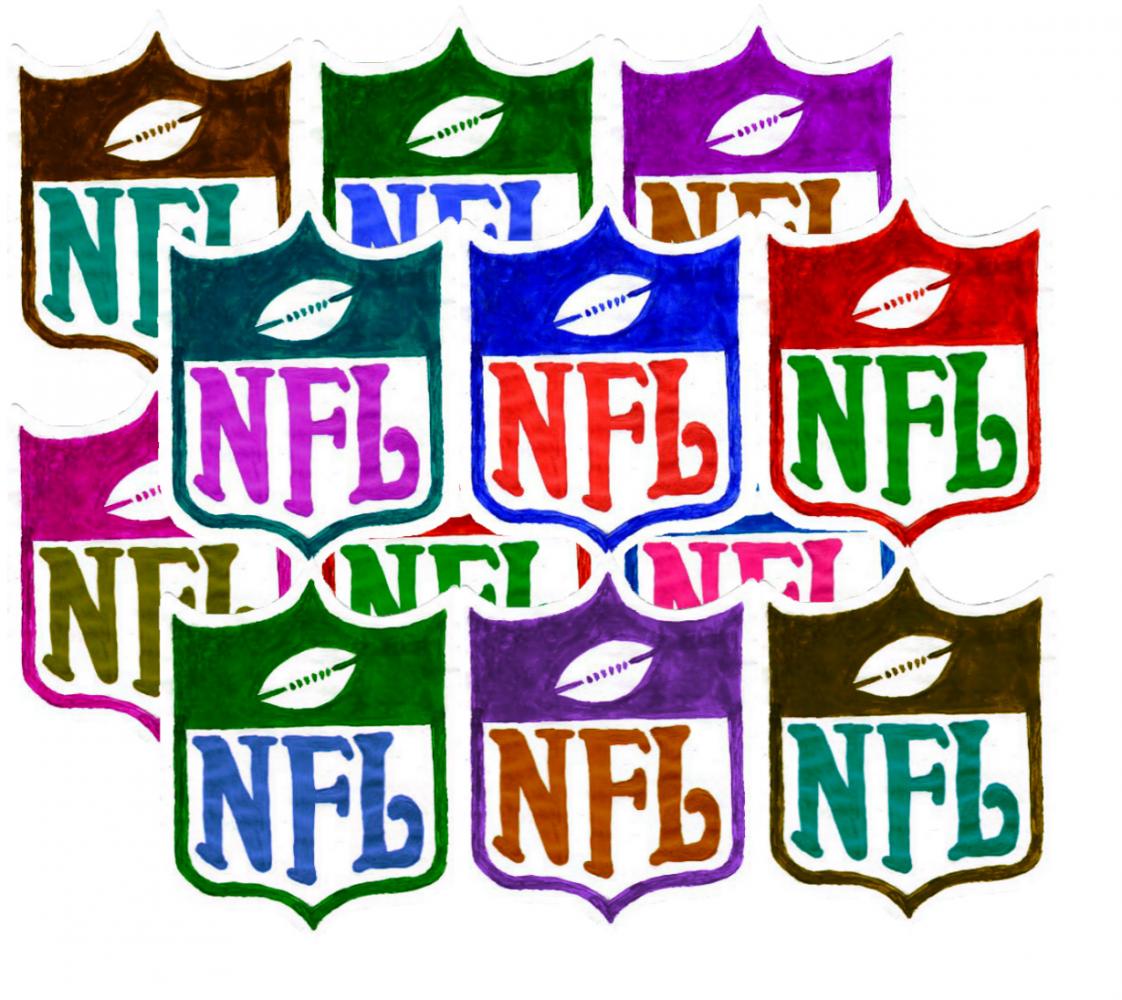The Green-Red Debacle: The NFL Fumbles on Color Rush Uniforms
by Kristin Grant | published Dec. 7th, 2015
When the Buffalo Bills played against the New York Jets recently, there was a noticeable problem in both teams' choice of uniforms. What the NFL had failed to consider when trying out Nike's new "Color Rush" uniforms (The Bills in all-red, the Jets in all-green) is how they would appear to members of the audience who suffer from red-green color blindness. Soon after the start of the game, the NFL's social media sites were flooded by complaints that the teams were virtually indistinguishable from each other.
In a video done by Deadspin simulating how the game appeared to average color-blind viewer, it is easy to see why many people were left confused and disappointed .
The game appears to be a disorganized mess, with members of the same team tackling each other left and right due to the confusion the uniforms created. Normally when teams of the red-green variety go head to head, the home team will traditionally wear white jerseys while the other will wear their darker away colors, making the game easier to follow. This was obviously not the case on November 12, when both teams were completely decked out from head to heel in monochromatic tones. Couple that with similar white helmets, and you've just left your red-green colorblind audience in the dust.
Most people just laughed this story off as a funny anecdote and moved on, but according to the Bleacher Report about 1 in 13 men and 1 in 200 women have red-green vision deficiency - and when you've got an average of 20 million people tuning into a Thursday Night NFL broadcast, that could very well mean the number of viewers left out of the game could've been in the hundred thousands, if not low millions.
One of the most remarkable attributes of sports is their ability to bring people of all different backgrounds - whether that be race, gender, internationality, etc. - together. To leave out a sizable percentage of the population is nothing short of careless.
Dr. Bruce Myers, a professor at the College of Imaging Arts and Sciences who has extensive experience in the field of color management and production, agrees. "If there is something as a designer you can do to prevent people with a certain handicap from being excluded, you should absolutely do that," he said.
"We have certain capabilities these days to see images through the color-blind perspective," Dr. Myers continued, before displaying how easy it is to transform a sample image into one with a deuteranopia vision using Photoshop. A couple clicks of the mouse, and poof - the color scale was fully adjusted "See?" he said, standing back. "We have the tools, we just need to use them. It's clear that no one said 'Hey, look, 8% of the male population suffers from red-green color deficiency. This might not the be best the idea.' Or, if they did, they were drowned out. It was only afterwards that they realized they had a problem."
The NFL has indeed issued a formal apology, stating, "We did test the jerseys this summer on a field and on television. The standard television test did not account for color blindness for fans at home and that became apparent last night. We will enhance our testing to include a color blindness analysis to better address this issue in the future."
And while the NFL may not have the best track record when it comes to reform, at least for now this issue has been brought to the forefront of their attention. At the end of the day, the league arguably got just what it wanted - publicity for mediocre uniforms that, as Jets kicker Ryan Quigley eloquently put it, "made us look like Peter Pan was out there."



